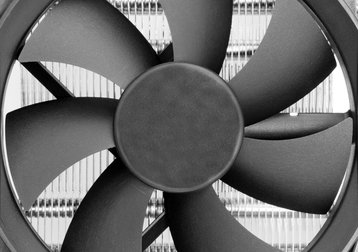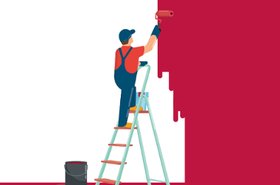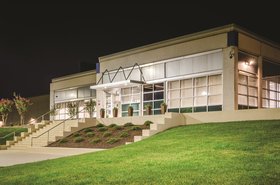During a recent DCD Debate, an audience poll found only 50 percent of the listeners had acted to modernize their facility. For that other 50 percent that are just getting started, I encourage you to think beyond improving efficiency or saving money. Resiliency should be the new mantra. If your modernization efforts focus on extending the life of infrastructure, equipment and systems, then efficiencies and savings will follow.
Fortunately, it isn’t hard to adjust your mindset. There’s a multitude of solutions out there that “think” about resiliency for you. Some solutions are new technology, others are being used beyond their original purpose with great success!
EC fans
When it comes to upgrading a facility’s HVAC air handler, most look no further than adding variable frequency drives (VFDs) to their alternating current (AC) fans. There's no question: this addition is an improvement. The VFD’s range of capacity allows for better energy usage and cooling performance in the data center. But while VFD-enabled AC fans are better than doing nothing, imperfections in the AC sin wave will eventually lead to inefficiencies, thereby negating some of the upgrade’s value.
Electronically commutated (EC) fans, however, can scale with more accuracy and efficiency. They can correct errors and adjust faster to demand thanks to the proportional integral derivative (PID) controller. The PID controller uses an algorithm to restore an actual EC fan to the desired speed in an optimum way – without delay or overshoot. EC fans are much better in matching the airflow demand and offer extended lifespan compared to the HVAC air handler’s original always on-or-off AC fans. They’re also superior to the VFD-enabled AC fans that still create harmonic distortion and don’t match the airflow demands as closely as EC fans.
Most importantly, many data center operators don’t know that EC fans can and should be deployed on both sides of the house. EC fans can improve resiliency and energy efficiency for air handlers supporting the white space and for the fans in heat rejection equipment such as condensers, dry coolers and cooling towers.
Power conditioning
Today’s UPS systems are achieving 97-98 percent efficiency, and experts agree there isn’t much more we can do to get greater efficiency in the UPS design. To achieve more, you’d have to operate the system in economization mode, leaving your IT load less protected.
So, if we’ve squeezed everything out of the UPS, does that also mean we’ve saved all the power we’re going to save? Absolutely not! We’re just getting started.
Much like EC fans, most people associate power conditioning with the IT load and only the IT load. In actuality, power conditioning can correct power factor and power anomalies for mechanical systems, lighting systems, etc. Conditioning power across the entire data center helps users ride through blips, sags, surges and spikes while improving the resiliency and longevity of all infrastructure.
It’s been my experience that the few data centers that do incorporate facility-wide power conditioning into their modernization efforts do so for the availability and resiliency benefits but quickly get excited about the efficiency gains they get as a bonus!
What many don’t realize is that if your neighbor who’s upstream on the grid has a huge spike in their power consumption, you’re going to see a voltage drop. When that happens, your infrastructure and equipment will be stressed and draw more current to compensate. An increase in current draw means an increase in kilowatt hours consumed, followed by new peak demand benchmarks, and ultimately a higher utility bill. Power conditioning balances your voltage and prevents that increase in current draw.
The KVAR advantage
Newer power conditioning equipment has the additional ability to make use of kvar reactive power. Reactive power exists when the current and voltage in a circuit are out of phase, and is measured in kvar. This is power you pay for even though it normally can’t be used and returns to the ground or back through the utility neutral. The energy savings derived from kvar alone are tremendous. While the variance of how much power you can save depends on your facility’s power factor and how much reactive power is being wasted, an energy savings of 10-15 percent is typical.
Resiliency is key
If you want your data center to become more efficient and reduce your energy demand and carbon footprint, look to solutions that improve resiliency and availability. Acceptance and adoption of greener technology will be met with much less resistance when the technology offers a return on investment while addressing the top objectives for data center owners and operators – maximizing uptime and sustainability.





